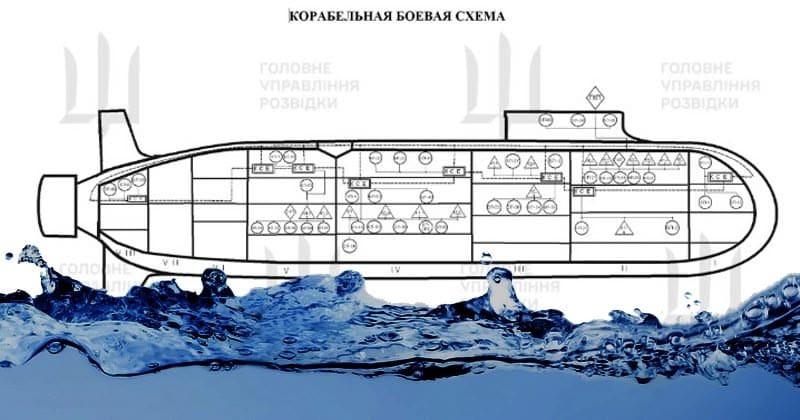
Simplify Your M&A Technology Due Diligence
In the fast-paced world of mergers and acquisitions (M&A), technology plays a pivotal role. The integration of new technologies can drive efficiency, enhance competitiveness, and open new revenue streams. However, navigating the complex landscape of technology due diligence during an M&A can be a daunting task. In this article, we will explore how to simplify your M&A technology due diligence process to ensure a smoother transition and better ROI.
Understanding the Basics
Before delving into simplification strategies, let’s clarify what technology due diligence entails. Technology due diligence is a comprehensive assessment of a target company’s technology assets, systems, and capabilities. This process aims to uncover potential risks, hidden costs, and opportunities associated with the technology stack. It ensures that the technology aligns with the buyer’s goals and integrates seamlessly into their existing infrastructure.
Start Early and Set Clear Objectives
One of the most crucial steps to simplify your technology due diligence is to start early in the M&A process. Waiting until the last minute can lead to rushed assessments and missed opportunities. Begin by setting clear objectives for the technology integration. Identify what specific technologies you are interested in, whether it’s software, hardware, or intellectual property. Having a well-defined roadmap will guide your due diligence efforts and streamline the process.
Assemble a Cross-Functional Team
Technology due diligence is not a one-person job. It requires a multidisciplinary team with expertise in various areas. Your team should include IT professionals, legal experts, financial analysts, and business strategists. Collaborative efforts from a diverse team will help you evaluate technology from different angles and identify potential risks or synergies more effectively.
Assess Intellectual Property and Compliance
One of the critical aspects of technology due diligence is examining the target company’s intellectual property (IP) portfolio. This includes patents, trademarks, copyrights, and trade secrets. Ensure that all IP assets are properly documented, and there are no pending litigation or infringement issues.
Additionally, assess the target company’s compliance with industry standards and regulations. Non-compliance can lead to costly legal consequences and hinder the integration process. A thorough compliance review will help you identify any areas of concern.
Evaluate Technology Infrastructure and Scalability
Analyze the target company’s technology infrastructure to determine its current state and scalability. Consider factors such as hardware, software, data centers, and cloud services. Assess the age and condition of hardware assets and identify any potential technology debt that may need to be addressed post-acquisition.
Scalability is crucial, as your organization’s needs may change over time. Ensure that the technology stack can adapt to future growth without substantial investments or disruptions.
Assess Cybersecurity and Data Privacy
In today’s digital age, cybersecurity and data privacy are paramount. A security breach or data leak can have severe consequences for both the target company and the acquiring entity. Evaluate the target’s cybersecurity measures, including firewalls, encryption, and incident response plans. Verify compliance with data protection regulations such as GDPR or HIPAA, depending on the industry.
Understand Technology Contracts and Vendor Relationships
Review all technology-related contracts and vendor relationships of the target company. This includes software licenses, maintenance agreements, and service-level agreements. Identify any contractual obligations, termination clauses, or potential liabilities that may impact the M&A deal.
Vendor relationships are equally important. Assess the quality of these relationships, as they can impact the continuity of services and support after the acquisition. Consider whether existing vendor agreements align with your long-term technology strategy.
Quantify Technology Integration Costs
To simplify the M&A technology due diligence process, it’s essential to quantify the costs associated with technology integration. This includes not only the acquisition cost but also the expenses for migrating data, retraining staff, and potential downtime during the transition. Having a clear understanding of these costs will help you make informed decisions and avoid budget overruns.
Prioritize Key Technology Assets
Not all technology assets are created equal. During the due diligence process, prioritize key technology assets that align with your strategic objectives. Focus on assessing the critical systems, applications, or intellectual property that will have the most significant impact on your organization post-acquisition.
Leverage Technology Tools
Technology can be your ally in simplifying due diligence. There are various software tools and platforms available that can streamline the assessment process. These tools can help automate data collection, perform security scans, and analyze the target company’s technology stack more efficiently.
Additionally, artificial intelligence (AI) and machine learning (ML) algorithms can provide valuable insights by analyzing large datasets and identifying hidden patterns or risks. Consider leveraging these advanced technologies to enhance your due diligence efforts.
Seek External Expertise
While having an internal team is crucial, don’t hesitate to seek external expertise when needed. External consultants, technology advisors, and legal experts can provide valuable insights and ensure that you don’t overlook critical aspects of technology due diligence. Their experience can help you make well-informed decisions and mitigate risks effectively.
Conclusion
Simplifying your M&A technology due diligence is essential for a successful merger or acquisition. Starting early, setting clear objectives, assembling a cross-functional team, and assessing critical technology aspects are key steps in streamlining the process. Additionally, leveraging technology tools and seeking external expertise can enhance the thoroughness of your assessment and increase the chances of seamless technology integration.
Remember that technology due diligence is not a one-size-fits-all process. Tailor your approach to the specific needs and objectives of your M&A deal. By simplifying the technology due diligence process, you can reduce risks, optimize costs, and position your organization for a smoother transition into the digital future.
Contact Cyber Defense Advisors to learn more about our M&A IT Due Diligence solutions.





